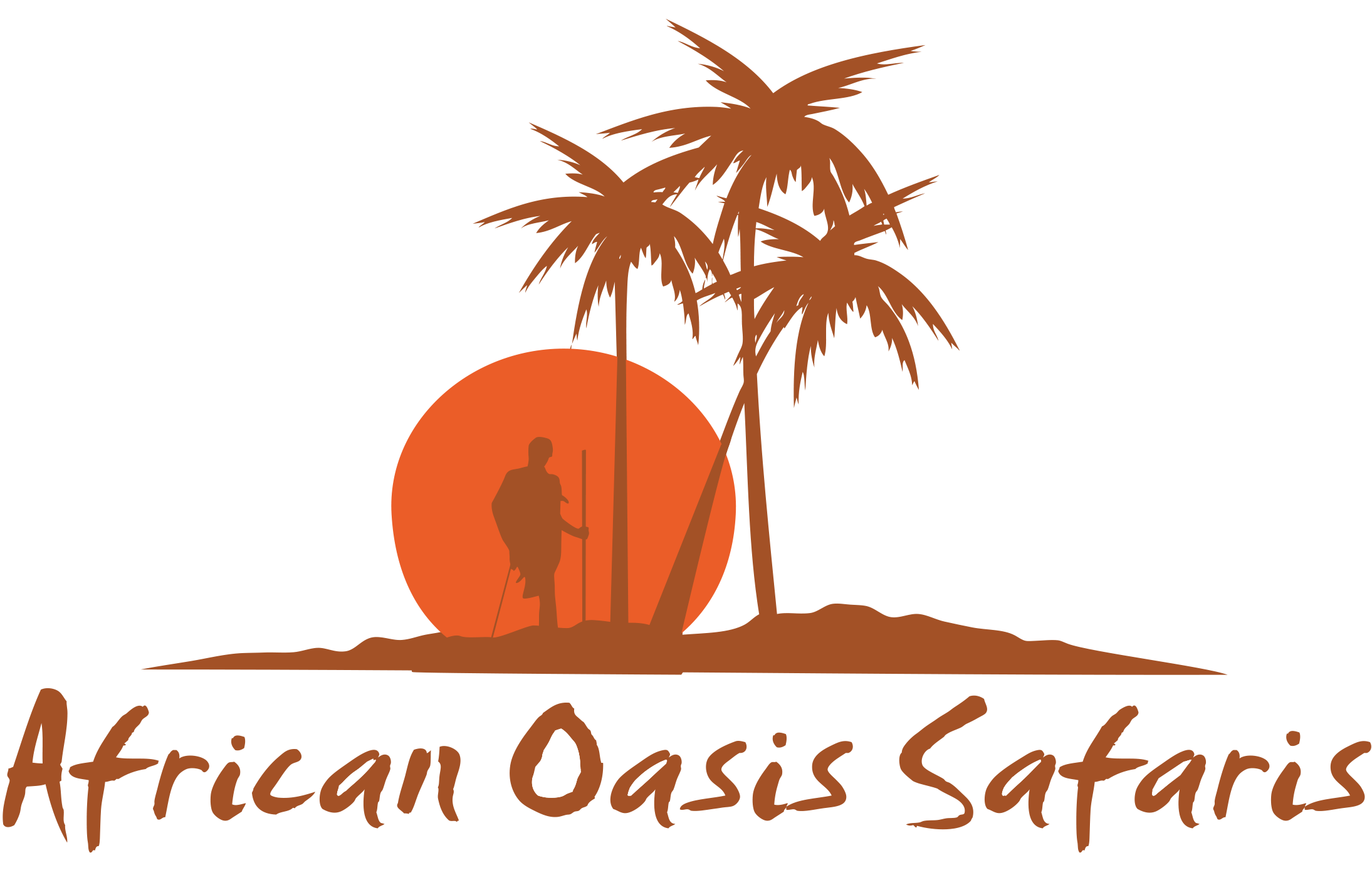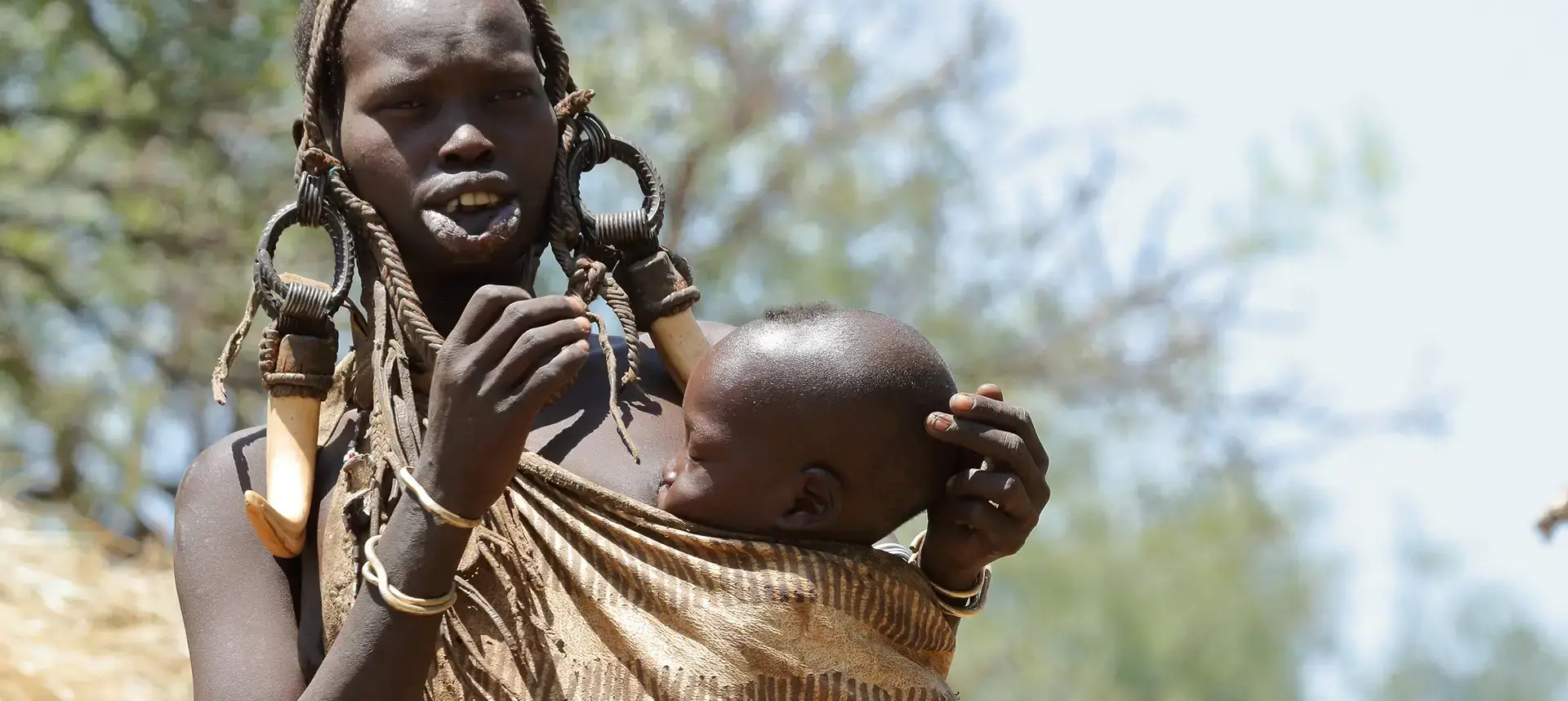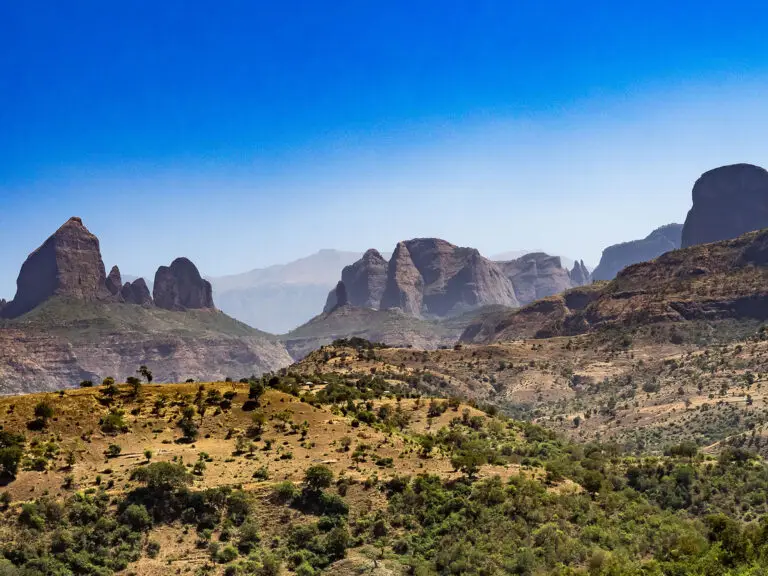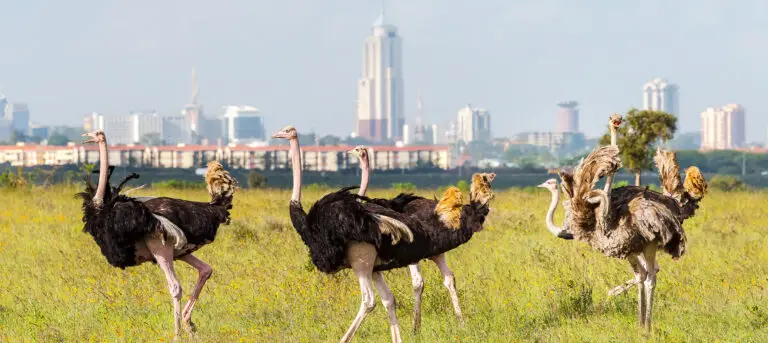Ethiopia, the enchanting land in the Horn of Africa, is a country known for its rich history, natural beauty, and diverse cultures. From bustling cities to remote villages, each corner of Ethiopia offers a unique experience for travelers seeking an authentic cultural immersion. Among the many fascinating cultural groups in Ethiopia, the Mursi people stand out for their distinctive traditions, intricate body adornments, and awe-inspiring natural surroundings. In this blog, we will delve into the captivating world of Ethiopian culture and take you on a detailed journey to the Mursi village, where you can witness their way of life firsthand.
Ethiopian Culture: A Tapestry of Diversity:
Ethiopia is home to more than 80 ethnic groups, each with its own distinct language, customs, and traditions. This cultural tapestry is a result of centuries of history, migration, and trade. Ethiopians take great pride in their heritage, which is deeply intertwined with religion, traditional music and dance, and communal values. Ethiopian Orthodox Christianity and Islam are the predominant religions, shaping the country’s art, architecture, and festivals. From the vibrant Timkat celebration, which commemorates the baptism of Jesus, to the mesmerizing shoulder-dancing of the Oromo people, the diversity of Ethiopian culture is a sight to behold.
The Mursi Village: A Glimpse into Ancient Traditions:
Located in the remote Omo Valley in southwestern Ethiopia, the Mursi village is a hidden gem that offers an extraordinary opportunity to engage with an ancient way of life. The Mursi people, numbering around 10,000, are known for their unique customs and practices. Upon arrival at the Mursi village, visitors are welcomed by the warm smiles and curious gazes of the locals. Walking through the settlement, you’ll witness the architectural ingenuity of the Mursi, who construct huts made from thatched roofs and local materials. The village is nestled in a breathtaking landscape, with lush vegetation, winding rivers, and dramatic cliffs providing a stunning backdrop to the community’s daily life.
Engaging with the Mursi People:
Engaging with the Mursi people is an enlightening experience that offers a glimpse into their daily activities, beliefs, and age-old traditions. The Mursi are skilled artisans, renowned for their intricate beadwork, pottery, and body painting. Spending time with the women as they create elaborate patterns on each other’s faces and bodies using natural pigments is a testament to their artistic flair. It’s fascinating to learn about the symbolic meanings behind these designs, as they often represent stages of life, social status, or tribal affiliations.
In the Mursi village, visitors can also witness traditional ceremonies, such as bull jumping, an important rite of passage for young men. During this event, the men run and leap over rows of bulls, showcasing their courage and agility. Bull jumping is not only a physical feat but also a test of endurance and bravery, signifying the transition from adolescence to adulthood. The village atmosphere becomes electric with anticipation and celebration during these ceremonies.
Responsible Tourism and Cultural Sensitivity:
When visiting the Mursi village or any cultural site in Ethiopia, it is essential to practice responsible tourism and cultural sensitivity. Respect the traditions and privacy of the Mursi people, seek permission before taking photographs, and engage with the locals in a friendly and respectful manner. It’s important to remember that the Mursi village is a living community, and their cultural practices should be approached with reverence and understanding. Supporting local artisans by purchasing their crafts and souvenirs is a meaningful way to contribute to the community’s economic well-being.
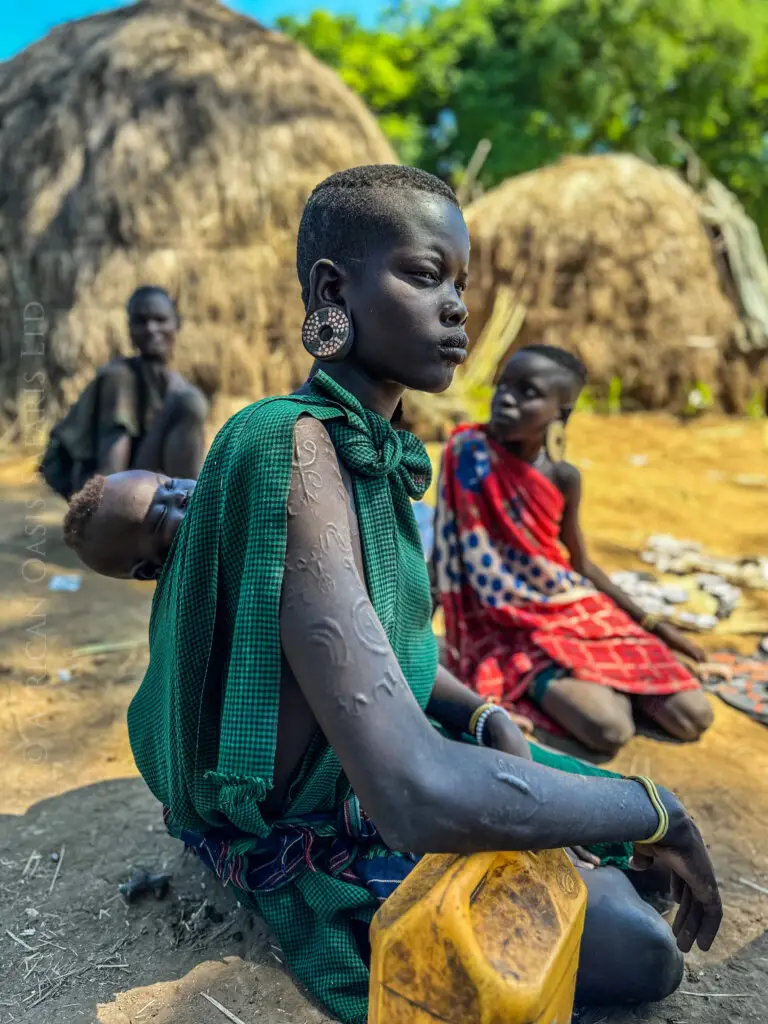
Mindfullness Moment:
Exploring the Mursi village in Ethiopia is a remarkable journey into a world where time-honoured traditions thrive amidst breathtaking natural beauty. The Mursi people, with their fascinating customs and warm hospitality, offer visitors a chance to witness a living testament to Ethiopia’s rich cultural heritage. As you immerse yourself in the vibrant Mursi village, here are a few more intriguing facts and experiences to enhance your understanding and appreciation:
- Language and Communication: The Mursi people have their own language, known as Mursi or Damu. While English is not widely spoken in the village, the locals are adept at using non-verbal communication, relying on expressive gestures, facial expressions, and body language to convey their thoughts and emotions.
- Lip Plates: The most distinctive feature of Mursi women is the practice of wearing lip plates. This unique adornment involves gradually stretching the lower lip over time, inserting ever-larger plates made of clay or wood. The lip plates, often adorned with intricate patterns, are a symbol of beauty, status, and identity. Witnessing the process of inserting or removing the lip plates is a remarkable experience that showcases the Mursi people’s commitment to their cultural traditions.
- Cultural Evolution: While the Mursi people have preserved many ancient customs and rituals, it’s important to note that cultures are not static. As the world around them changes, the Mursi people have also adapted to some modern influences. Engaging in conversations with the locals can provide insights into how they navigate the balance between tradition and the evolving world.
- Traditional Crafts: In addition to body adornments, the Mursi people are skilled craftsmen and craftswomen. They create intricate beadwork, handwoven baskets, and pottery using traditional techniques passed down through generations. Observing or even participating in these craft-making processes allows you to appreciate their artistry and gain a deeper understanding of their cultural significance.
- Agricultural Practices: Agriculture forms the backbone of the Mursi community’s livelihood. The villagers engage in subsistence farming, cultivating crops such as sorghum, maize, beans, and vegetables. During your visit, you might have the opportunity to learn about their agricultural practices, from sowing seeds to harvesting, and understand the importance of the land in sustaining their way of life.
- Environmental Awareness: The Mursi people have a profound connection with their natural surroundings. They understand the importance of preserving their ecosystem and have traditional practices in place to ensure the sustainable use of natural resources. Their deep respect for nature serves as a reminder of the significance of environmental conservation in maintaining cultural heritage.
Visiting the Mursi village is an enriching cultural experience that allows you to witness the resilience, creativity, and traditions of an extraordinary community. As you embrace the warmth of their hospitality and engage with their customs, you’ll gain a new appreciation for the diverse cultural tapestry that weaves together the beautiful fabric of Ethiopia.
Remember, travel with an open mind, a respectful attitude, and a willingness to learn. By immersing yourself in Ethiopian culture and the unique world of the Mursi people, you’ll create lasting memories and contribute to the preservation of their heritage for generations to come.

